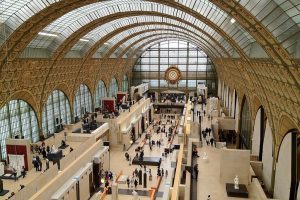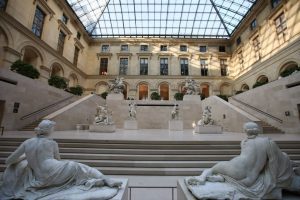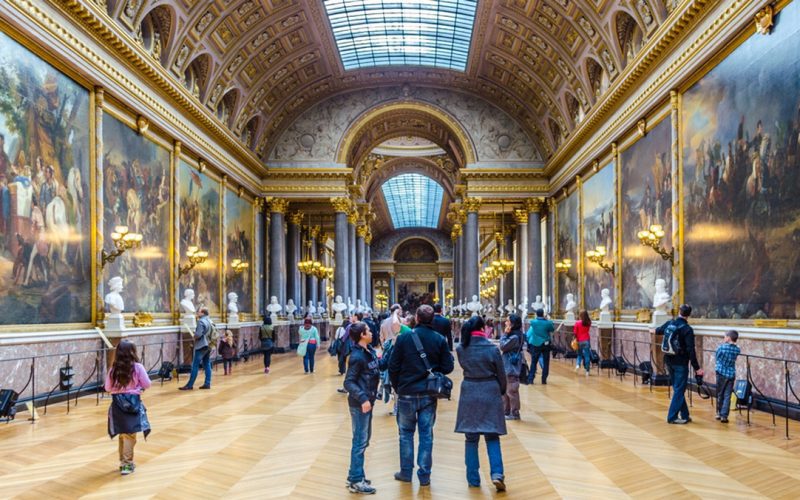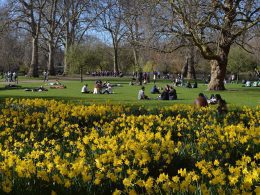Paris, often hailed as the “City of Light,” is a treasure trove of art, culture, and history. The city’s allure lies not only in its picturesque streets and iconic landmarks but also in its world-renowned museums that house some of the most significant artworks and historical artifacts. Museums in Paris are more than just repositories of art; they are vibrant cultural hubs that reflect the city’s rich heritage and artistic spirit. we will explore the must-see museum tours in Paris, providing an in-depth look at each museum’s unique offerings and how to make the most of your visit.
Geographical Information
Situated in the northern part of France along the Seine River, Paris enjoys a temperate climate with mild winters and warm summers. The best times to visit Paris for museum tours are during the spring (April to June) and fall (September to November) when the weather is pleasant, and the tourist crowds are thinner. This allows for a more comfortable and immersive experience as you explore the city’s cultural landmarks.

Historical Context
Paris’s reputation as an art and culture center has been centuries in the making. From the Renaissance to the Enlightenment and beyond, Paris has attracted artists, thinkers, and innovators from around the world. Key milestones in the development of Parisian museums include the establishment of the Louvre in the late 18th century and the subsequent openings of other major institutions like the Musée d’Orsay and Centre Pompidou. These museums have played a pivotal role in preserving and showcasing the city’s artistic legacy.
The Louvre Museum
The Louvre Museum, originally a royal palace, is one of the most visited museums in the world. It is home to thousands of works of art, including the Mona Lisa, the Venus de Milo, and the Winged Victory of Samothrace. Its extensive collection spans from ancient civilizations to the 19th century.
Famous Exhibits and Collections
The Louvre’s collection is divided into eight departments: Near Eastern Antiquities, Egyptian Antiquities, Greek, Etruscan and Roman Antiquities, Islamic Art, Sculptures, Decorative Arts, Paintings, and Prints and Drawings. Each department offers a glimpse into different periods and cultures, making the Louvre a comprehensive historical repository.
Tips for Touring the Louvre
To fully appreciate the Louvre, it’s advisable to plan your visit in advance. Purchase tickets online to avoid long queues and consider joining a guided tour for an insightful experience. The museum is vast, so prioritize the exhibits you want to see and allocate sufficient time for exploration.

Hidden Gems in the Louvre
While the Louvre’s famous masterpieces draw the most attention, there are numerous lesser known yet equally captivating works. The Napoleon III Apartments offer a stunning look at opulent 19th-century decor, and the Islamic Art collection provides a rich tapestry of cultural artifacts.
Conclusion:
Nestled in the picturesque Tuileries Garden, the Musée de orangeries are celebrated for its unparalleled display of Monet’s “Water Lilies.” This intimate museum also boasts a remarkable collection of works by renowned Impressionist and Modern artists, making it a must-visit for art enthusiasts. The centerpiece of the Musée de Orangerie is undoubtedly Claude Monet’s “Nymphae’s” series, displayed in two large oval rooms designed to envelop viewers in the tranquil beauty of his water lily ponds. Additionally, the museum’s Jean Walter and Paul Guillaume collection includes masterpieces by Renoir, Cézanne, Matisse, Picasso, and Modigliani.












